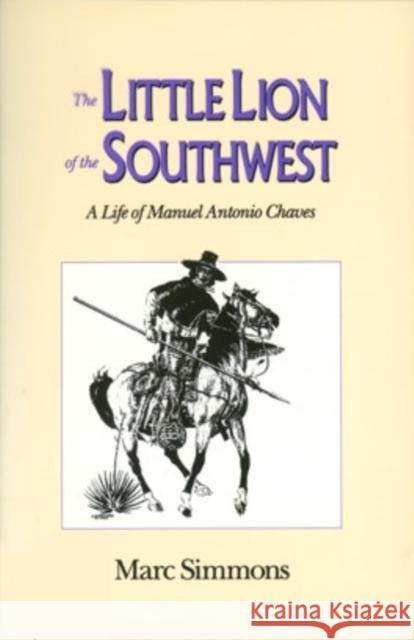The Little Lion of the Southwest: A Life Of Manuel Antonio Chaves » książka
The Little Lion of the Southwest: A Life Of Manuel Antonio Chaves
ISBN-13: 9780804006330 / Angielski / Miękka / 1983 / 276 str.
Manuel Antonio Chaves life straddled three eras of New Mexican history: he was born (1818) at the tag end of the Spanish colonial period, he grew to manhood in the rough and heady days of the Santa Fe trade during the quarter century of Mexican rule (1821-1846), and he spent his mature years under the territorial regime established by the United States. Manuel Chaves long career (died 1889) was interwoven with almost every major historical event which occurred during his adult life the Texan-Santa Fe Expedition, the Mexican War, the Civil War, skirmishes with Utes, Navajos, and Apaches. He was called "El Leoncito," The Little Lion, having earned the name as an Indian fighter. He lived for two years in St. Louis and was a well-travelled man, doing business in New Orleans, New York, and Cuba.
A hundred years ago when men still gathered around campfires and storytelling was a well-developed art, Chaves exploits were known to all New Mexicans. But history has a capricious memory and his name became virtually forgotten. Around the turn of the century, Charles F. Lummis flowery pen recalled brief attention to Chaves life, and in 1927 he appeared as a minor character in Willa Cather s "Death Comes for the Archbishop" but otherwise was virtually forgotten. Alas. Too few of our Spanish frontiersmen have been studied in depth. Manuel Chaves and his life should not be lost. He was one of the legendary but real men who pioneered and built the 19th century Southwest. Howard R. Lamar laments: The Spanish-American population of New Mexico still lacks a historian. Marc Simmons biography of Manuel Chaves helps fill that gap."











